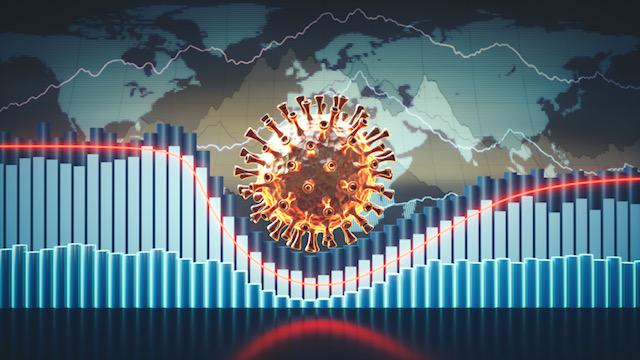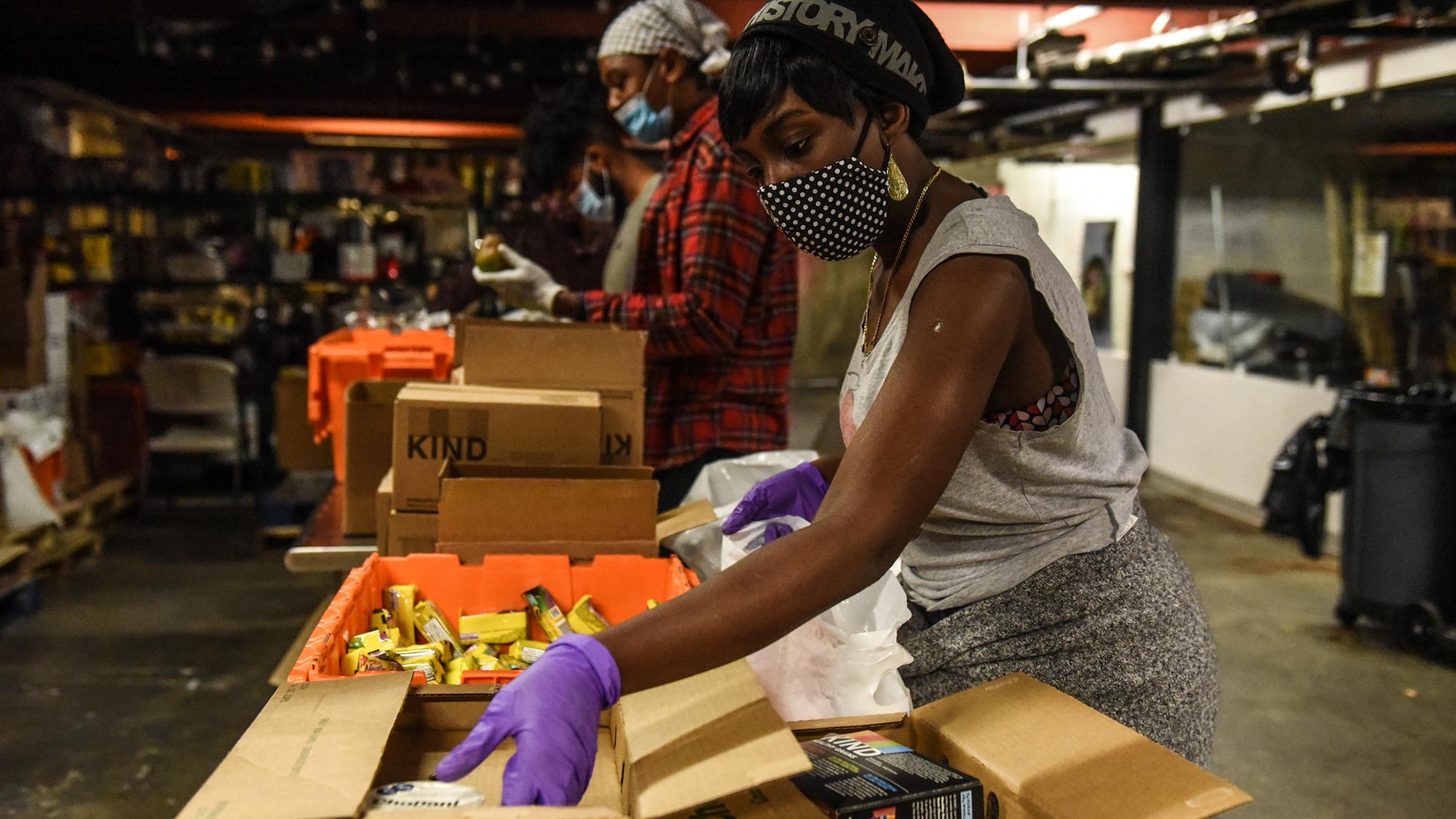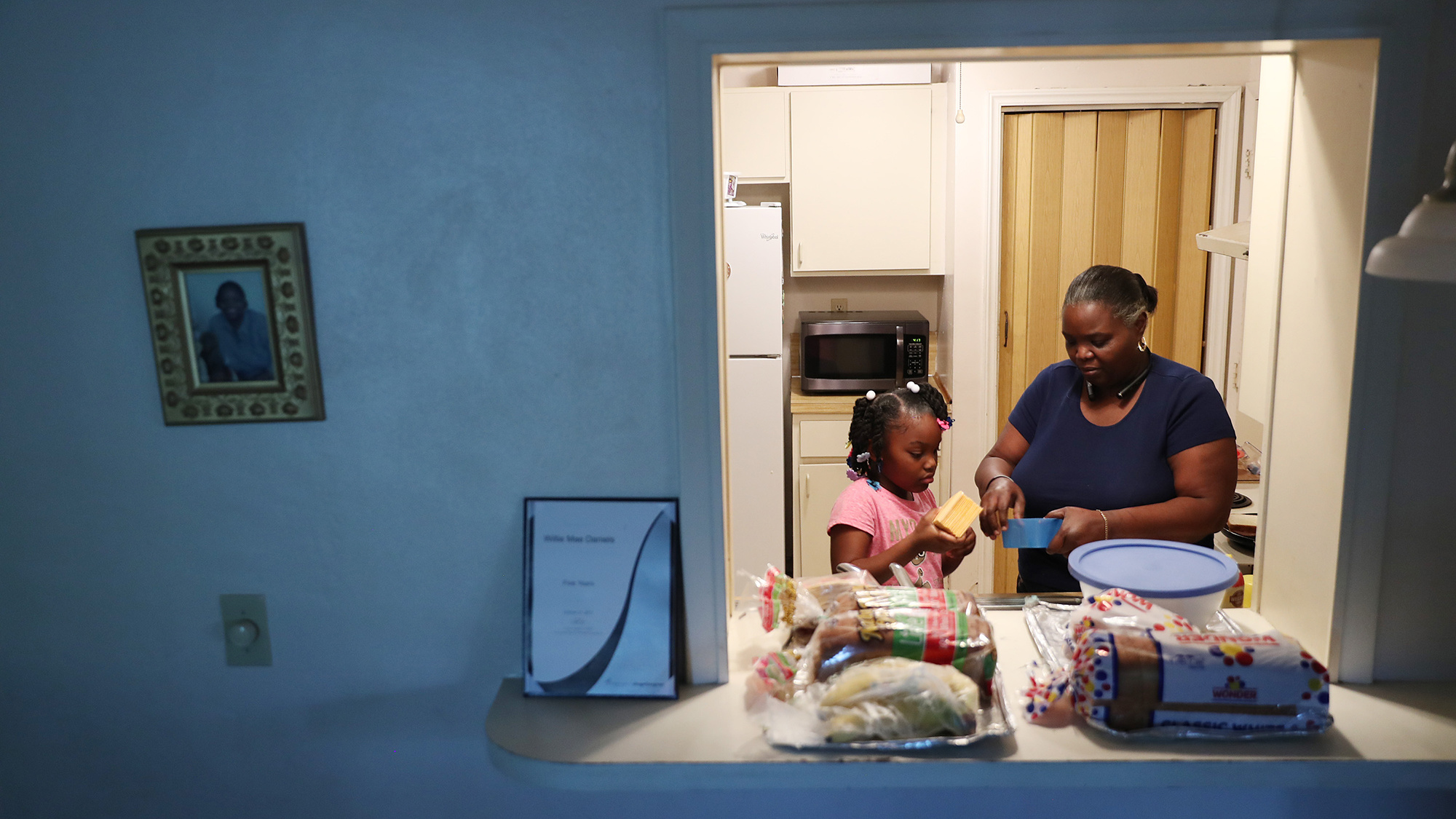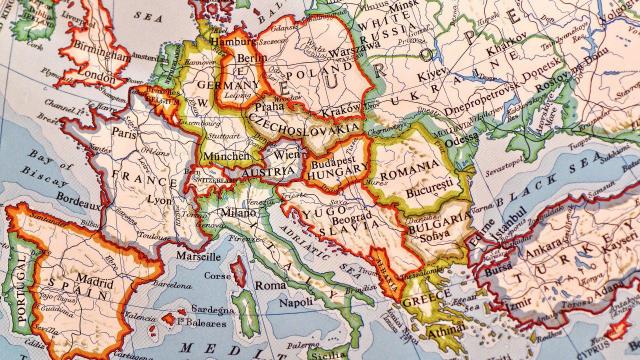Telehealth will save lives—for as long as it has funding

Credit: Adobe Stock
- When telehealth visits began skyrocketing after the pandemic began, hospitals had to increase their number of virtual appointments by magnitudes. Most did it seamlessly.
- Big Think spoke to Dr. Martin Doerfler, senior vice president of clinical strategy and development at Northwell Health, about this transition and how it benefited patients.
- Telehealth has proven its value during the pandemic, but it might stop evolving unless the federal government redesigns the regulatory framework so that insurers cover it and patients can afford it.
When COVID-19 began spreading across the U.S. in early 2020, the nation’s telehealth infrastructure entered a trial by fire.
It was paramount for hospitals to minimize in-person care—not only to limit the spread of the virus, but also to ensure hospitals wouldn’t become overwhelmed, like they had in Italy. That’s a key reason why, in March, Medicare and most private insurers sought to increase access to telehealth by relaxing restrictions, waiving fees, and reimbursing practitioners for virtual visits at the same rate as in-person visits.
Soon after the establishment of these temporary measures, telehealth visits skyrocketed. A report from the U.S. Department of Health and Human Services found, for example, that about 43 percent of primary care visits were conducted through telehealth in April, compared to just 0.1 percent in February.
How did that transition go? Despite having just weeks to prepare, most U.S. health care organizations managed to massively increase their virtual caseload with astounding seamlessness. Dr. Martin Doerfler, senior vice president of clinical strategy and development at Northwell Health, was one of the thousands of health care professionals who witnessed the transition.
“We went from the proverbial ‘zero to 60’ over a matter of weeks, and provided good care with very high degrees of patient satisfaction,” Doerfler said.
Prior to the pandemic, Northwell Health—the largest hospital system in New York—was conducting about 150 telehealth visits per month between 20 to 40 physicians. But in May alone, Northwell had conducted approximately 65,000 visits with roughly 8,000 health care professionals across the health system.
Doerfler cited an example of a single mother whose young child had chronic illnesses, including respiratory problems, which made in-person visits especially dangerous during the pandemic. The pediatrician was able to evaluate the child, speak to the mother through a telehealth translation service, and provide the family with the necessary steps to keep the child healthy. The mother was happy to avoid having to take her child on public transportation to visit a hospital in person and still receive the care she needed.
Three hours to drive 200 miles is no different than three hours to take two trains, two buses and a cab.
Clinicians at Northwell have used telehealth to adapt to the pandemic in many ways, from sending phlebotomists to elderly patients’ homes after virtual visits, to connecting new mothers with lactation specialists via secure, encrypted telehealth channels.
“There are all sorts of examples throughout health care where this technology, and the willingness of patients and clinicians to embrace it, allowed for care of the type of issues that are normally done face-to-face,” Doerfler said.
Telehealth programs that existed before the pandemic also helped to keep both patients and hospital staff safe by minimizing in-person visits. For example, Northwell’s TelePsychiatry Department connects people in crisis, who might typically go to the emergency department, with a behavioral health specialist in about 45 minutes, any time of day or week. That is a considerable improvement since emergency department staffing typically does not include psychiatrists or other specialists who can help someone experiencing a behavioral health emergency.
The success of telehealth during the pandemic begs the question: Why hasn’t US health care already embraced virtual care?
One of the biggest obstacles to widespread adoption of telehealth has been a lack of national legislation providing financial incentive for health centers to adopt it.
States laws vary on how practitioners are paid for telehealth visits. In some states, laws require insurance providers to cover telehealth visits at parity—at the same rate as in-person visits. But in states without parity laws, there’s little incentive for health care organizations to invest in telehealth infrastructure and training.
Access is also a major obstacle. The Centers for Medicare and Medicaid Services (CMS) generally reimburse practitioners for telehealth visits only when patients live in “designated rural underserved areas.”
But not all underserved areas are in small, remote places. After all, a single parent living in Brooklyn, New York, might also have trouble accessing quality health care.
“Three hours to drive 200 miles is no different than three hours to take two trains, two buses and a cab,” Doerfler said. “So access is almost certainly going to be improved by the greater availability of telehealth in that direct-to-patient, in-their-home-or-office, setting.”
Lack of internet access is also a problem. A paper published by the JAMA Network in August found that 41 percent of Medicare beneficiaries don’t have a computer at home with access to high-speed internet, and roughly the same number don’t have a smartphone with an unlimited data plan.

Credit: Daniilvolkov via AdobeStock
Lawmakers in both parties and health care professionals have indicated a desire to make permanent some of the regulatory changes to telehealth enacted during the pandemic. That’s key, because without the financial incentives to continue expanding telehealth, health care providers may revert to the pre-pandemic approach.
“One issue, which is important for health care and non-health-care folks to know, is that telehealth will continue to expand dramatically as long as there’s funding and reimbursement for it,” said Michael Dowling, Northwell’s president and CEO. “If the insurance companies and government decide, ‘We don’t want to pay for telehealth going forward or virtual visits,’ then it’s going to slow down. If there is no delivery system, no health care system, hospital, or doctor is going to continue to expand telehealth if they don’t get reimbursed for it.”
Yet some of the nation’s biggest insurers have already stopped waiving telehealth deductibles and copays for some customers, even though there’s no clear end in sight for the pandemic.
The long-term solution, Doerfler said, is for CMS to start paying for telehealth services, at parity, up and down the chain, and passing federal legislation that requires self-insured health care plans to pay for telehealth services as they would in-person visits.
Telehealth is proven to work for urgent care, primary care and some specialty care, and it clearly expands access to behavioral health care, according to Doerfler. “Some have said that costs of providing telehealth are lower than face-to-face care, but most of the costs are unchanged, and new ones are added with technology requirements. When the patient receives a very specific service there are billing codes used to define that service. If the service is less, the code represents that. If the service is the same, the code will represent that and needs to be paid at parity.”
Doerfler added that, while telehealth can’t replace all traditional health care services, it should be “in the toolbox” for patients and physicians.
“In the modern world, where this type of technology is being used for all sorts of personal and business uses, excluding something as personal as your care between you and your doctor from fitting into that modern paradigm makes no sense,” Doerfler said.





